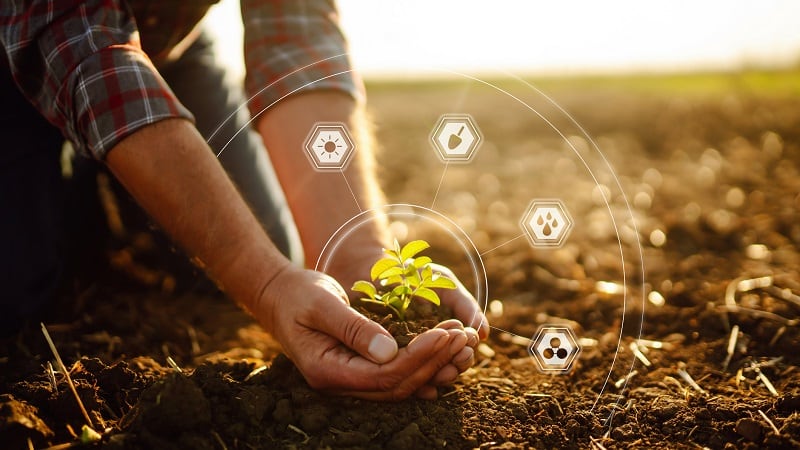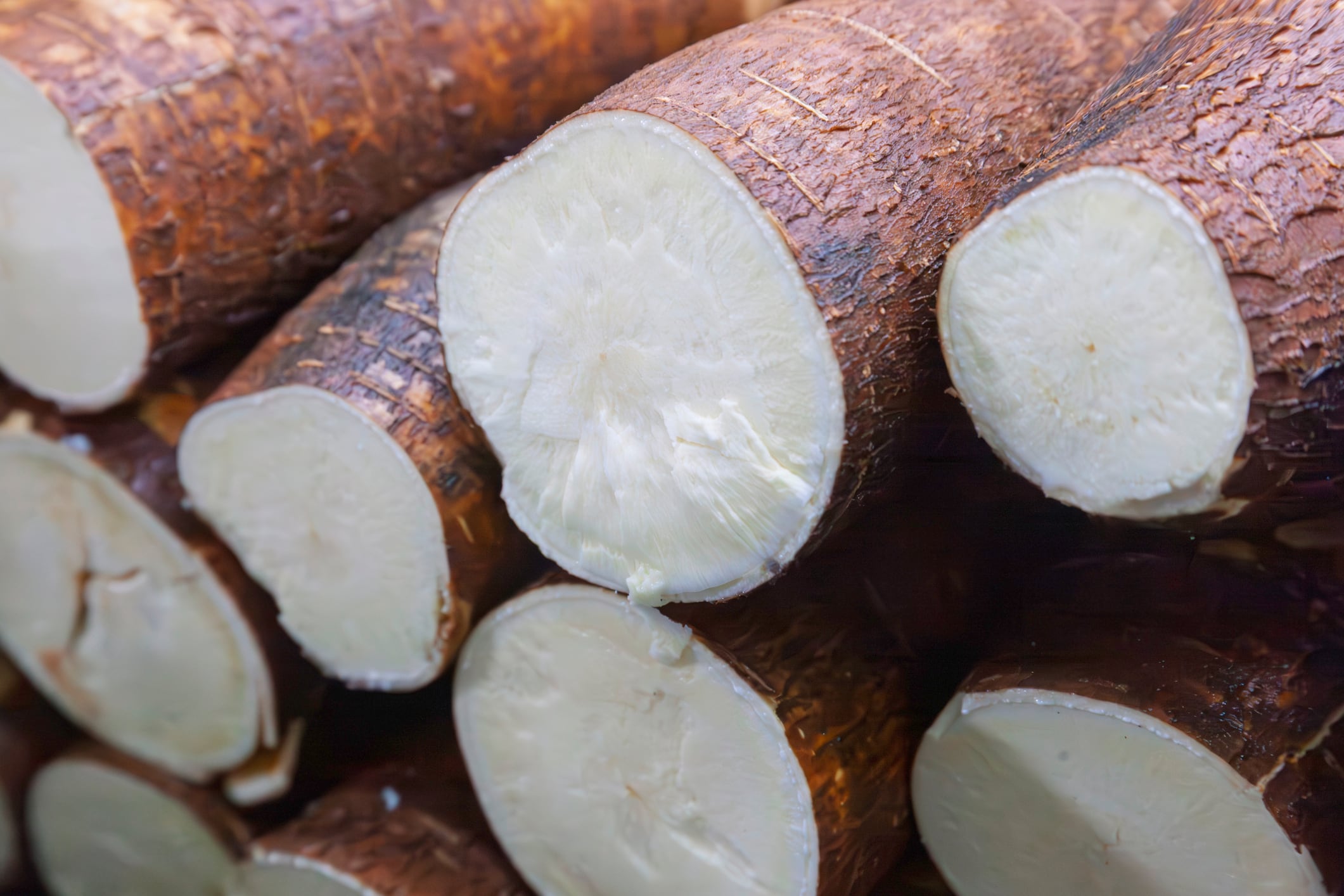These carbon greenhouse gas (GHG) reduction methodologies – Mangrove Afforestation and Seagrass Restoration – were jointly developed by the Ministry of Agriculture (MOA) and the Ocean Affairs Council (OAC).
“These new methodologies provide fresh tools for the application and implementation of marine carbon sink projects, marking a significant milestone in Taiwan’s marine carbon sink development,” said MOA in its announcement.
A carbon sink is something that absorbs more carbon dioxide (CO₂) from the atmosphere than it releases. This helps fight climate change by reducing greenhouse gases.
Taiwan’s newly introduced methodologies calculate and manage how much carbon is stored in mangroves and seagrass, which are blue carbon sinks.
New methods
The newly approved Mangrove Afforestation methodology involves planting mangroves within designated project areas to increase the amount of carbon stored in the ecosystem. It targets man-made wetlands such as abandoned salt pans, fish farms, and reservoirs.
To qualify, MOA stipulated that the site must have had no industrial activity for at least two years prior to the project’s commencement.
Furthermore, the project must avoid displacing existing industries, ensuring that environmental initiatives do not negatively affect livelihoods.
The mangrove species used must also be well-suited to local conditions.
Developers are expected to incorporate hydrological management, sediment regulation, salinity control, and water quality improvements to optimise growth and carbon capture.
At the same time, they must also prevent overgrowth beyond boundaries.
For seagrass, the methodology is similar but focuses on planting seagrass in marine or coastal wetlands, including artificial ones.
Like with mangroves, MOA said developers must create the right conditions for growth by managing water movement, sediment availability, salinity levels, and water quality.
Additionally, removing marine life is prohibited unless it is necessary to protecting the seagrass itself.
To begin this project, developers must verify the legality of using the land and carry out an environmental assessment as well as public consultations. All findings need to be documented.
Taiwan’s blue plan
Taiwan has been actively exploring blue carbon ecosystems as part of its climate strategy to reach net-zero emissions by 2050. The goal is to add 1 Mt CO2e from carbon sinks annually by 2040.
MOA emphasised that marine carbon sinks are a key element of Taiwan’s goal to reach net-zero emissions by 2050.
With the latest approval of the mangrove and seagrass methodologies, the government hopes to attract more organisations to implement blue carbon projects.
According to a 2023 study, the largest area of coastal blue carbon systems in Taiwan is 5,481ha for seagrass beds while mangroves cover about 681ha.
In addition to the existing Afforestation and Reforestation methodology, three new methodologies have been added since 2024.
The ministry said it will continue to refine its methodologies to equip companies with tools to acquire voluntary agricultural carbon offset credits.





